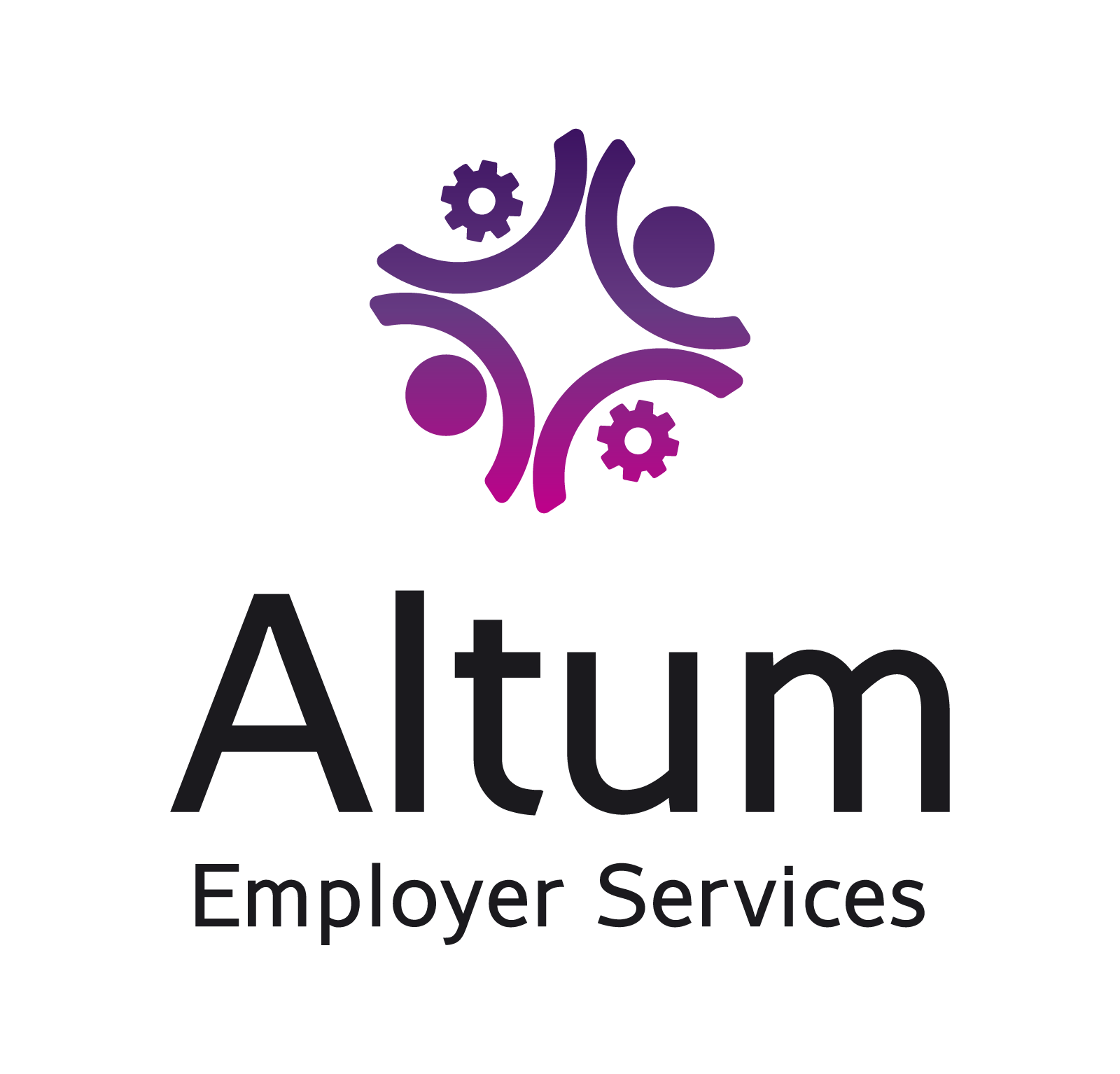The Art of Mediation and Dispute Resolution: Navigating Conflicts With Finesse
Disputes are an inevitable part of human interaction in a world characterized by diverse perspectives, conflicting interests, and varying values. Conflicts can arise in any sphere of life, from personal relationships to business partnerships. However, the ability to resolve these conflicts amicably distinguishes a harmonious environment from a tumultuous one. This is where the art of mediation and dispute resolution comes into play.
Understanding Mediation
Mediation is a structured process wherein a neutral third party, known as the mediator, assists conflicting parties in finding a mutually agreeable resolution. Unlike litigation, which involves a judge imposing a decision, mediation empowers the disputants to actively participate in crafting their solutions. This process fosters a sense of ownership over the outcome and often preserves relationships that might have otherwise been irreparably damaged.
The Role of a Mediator
A skilled mediator is the linchpin of successful mediation. They facilitate communication between parties, creating an atmosphere of trust and openness. The mediator’s role is not to pass judgment or provide solutions but to guide the conversation, help identify underlying interests, and facilitate creative problem-solving. Their neutrality is paramount, ensuring that all parties feel heard and understood.

Advantages of Mediation
- Voluntary Process: Mediation is typically voluntary, meaning that all parties agree to participate. This willingness to engage in the process often leads to a more cooperative and productive atmosphere, increasing the chance of reaching a mutually satisfactory resolution.
- Control and Empowerment: In mediation, the parties have a significant role in shaping the outcome. They actively participate in the negotiations and decisions, allowing them to retain control over the process and the final agreement. This can lead to more durable and customized solutions.
- Confidentiality: Mediation proceedings are confidential, meaning that the discussions and any information shared during the process are kept private. This can encourage open communication, as parties can communicate freely without fear of their statements being used against them later in a legal setting.
- Preservation of Relationships: Mediation focuses on finding common ground and understanding each party’s perspective. As a result, it can help preserve relationships, especially important in situations involving family disputes, business partnerships, or ongoing collaborations.
- Cost-Effectiveness: Mediation is often more cost-effective than litigation. The process typically involves fewer formal procedures, shorter timeframes, and lower legal fees. This mainly benefits individuals and businesses seeking to save time and money.
- Speedy Resolution: Mediation can provide a quicker resolution than the often lengthy court proceedings. Parties can schedule mediation sessions conveniently, providing timely solutions to emerging problems.
- Flexibility and Creativity: Mediation encourages creative problem-solving. Parties can explore a wide range of potential solutions that might not be available in a courtroom setting. This flexibility allows for tailored agreements that address the unique requirements and interests of the parties involved.
- Reduced Stress: The informal and collaborative nature of mediation can reduce stress for all parties. This contrasts with the adversarial nature of litigation, which can be emotionally draining and stressful.
- High Compliance: Because parties actively craft the agreement, there’s often a higher commitment to adhering to the terms. This can lead to better compliance and a lower likelihood of future disputes.
The Process of Mediation
- Opening Statements: The mediator sets the tone, explaining the process, ground rules, and their role in the mediation.
- Individual Statements: Each party presents its perspective on the issue without interruption. This provides an opportunity for emotional release and clarifies each party’s point of view.
- Identifying Issues and Interests: The mediator helps identify the underlying issues and interests driving the conflict, encouraging parties to move beyond positions and explore common ground.
- Generating Options: Through guided brainstorming, parties generate potential solutions. This phase encourages creative thinking and expands the range of possible outcomes.
- Negotiation and Agreement: Parties work together to evaluate and refine the options, eventually reaching a mutually satisfactory agreement. The mediator may help facilitate the negotiation process if necessary.
- Formalizing the Agreement: Once an agreement is reached, it is formalized into a written document that outlines the terms and responsibilities of each party.
The Importance of Communication
Effective communication is the lifeblood of mediation. It involves active listening, empathy, and clear expression of thoughts and feelings. Mediation provides a structured space for parties to communicate constructively, a skill that can transcend the mediation process and positively impact various aspects of life.
Challenges in Mediation
While mediation is a powerful tool, it’s not without challenges. Power imbalances, emotional volatility, and a lack of willingness to compromise can hinder the process. A skilled mediator is equipped to address these challenges, ensuring all parties have a fair participation opportunity.
Conclusion
Mediation and dispute resolution are essential skills in a world striving for harmony amidst diversity. By prioritizing open communication, empathy, and collaborative problem-solving, mediation empowers individuals and organizations to navigate conflicts with finesse.
To overcome all these disputes and conflicts, Altum HR is here with employee management software. We are always ready to help you out to avoid long-term costly disputes.
